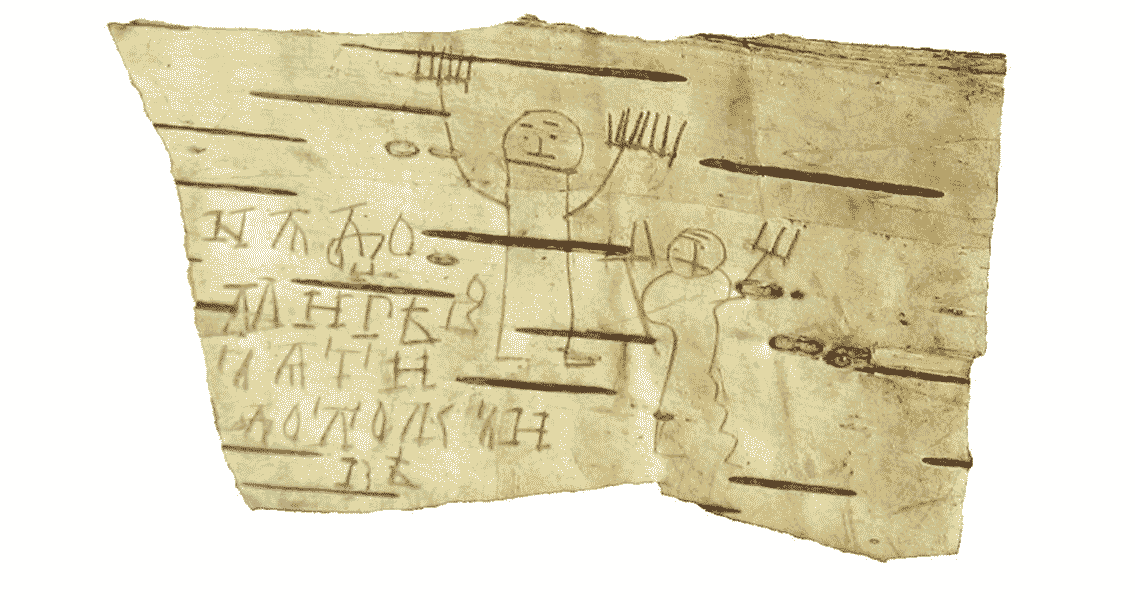<![CDATA[In fourteenth century Russia, Birch-Bark documents were of great use. The discovery of over 1000 such documents in Veliky Novgorod, has explained a lot about Russian history. These documents, after being preserved for so many years in the miraculous mud in Novgorod, have brought the region into the limelight. In fact, the magical mud of Novgorod makes it one of the most amazing archaeological sites in the world. The Russian Academy of Sciences Institute of Archaeology Deputy Director, Pyotr G. Gaidukov, said that Novgorod for Russia is similar to Pompeii for Italy. Written in an informal tone about daily topics, the birch-bark documents offer an outstanding human insight. They are part of an enormous - and still increasing - trove of different artefacts such as jewellery, kitchenware, official seals, clothing and coins that have been unearthed in Novgorod. Every year, a large number of items are uncovered in streets and buildings buried in the mud. The birch-bark documents feature convoluted discussions of legal disputes, accusations of crime, records of inventories of goods, demands for payment of debts, records of business transactions, private letters among friends and family, and even love notes. One such example is a birch-bark letter which dates back to between 1280 and 1300, and reads; "Marry me". The text of the document implies that the letter was written by a man called Mikita, to a woman named Anna. Archaeologists said that the documents, once they had been decoded by linguists, inhaled a new life into all of their other discoveries. Archaeologist Sergei Yazikov, who led an excavation project on Bolshaya Moskovskaya Street, where a lot of this year's documents were discovered, said that the documents opened a window into the daily life and relations of the locals during ancient times. According to legend, the city of Novgorod was founded in 859 by Rurik, a Varangian tribal chief. The city is regarded as a place where generous princes ruled with the approval of a parliament of local elites known as the Veche. It was a town where democracy once thrived, women were empowered to take part in business and other aspects of community life, markets buzzed and international trade flourished. Around the year 1030, it was a place where children started to attend schools. Among the most emotional of the birch-bark finds are writings by a boy called Onfim, believed to be between 6 and 7 years old when he wrote the document. It includes school exercises and drawings. In a doodle, he seems to imagine himself as a warrior, writing his own name beside a character on horseback, who has killed an opponent. The town and its borders are covered with a great number of excavation sites, including the Troitsky dig, which has been in progress since the 1970s. The first ever birch-bark documents were found here in 1951. ]]>
Over 1,000 Birch-Bark Documents Discovered in Veliky Novgorod
